Let’s Get Real About Sunscreen: A Guide That Finally Makes Sense
After spending years deep in the skincare world, formulating products and helping people fix their skin, I can tell you one thing for sure: the best sunscreen isn’t the one with the fanciest bottle or the highest price tag. Nope. It’s the one you’ll actually wear every single day. The labels can be confusing, and the marketing noise is deafening, so let’s just cut through it all. I want to give you the practical, no-fluff knowledge you need to walk into any store and pick the right protection for your skin, your budget, and your life.
In this article
By the way, here’s a little reality check to get us started. Did you know that a standard white cotton t-shirt only gives you the protection of about SPF 7? And when it gets wet, that drops to a measly SPF 3. So yeah, relying on just clothes for your beach day isn’t the move.
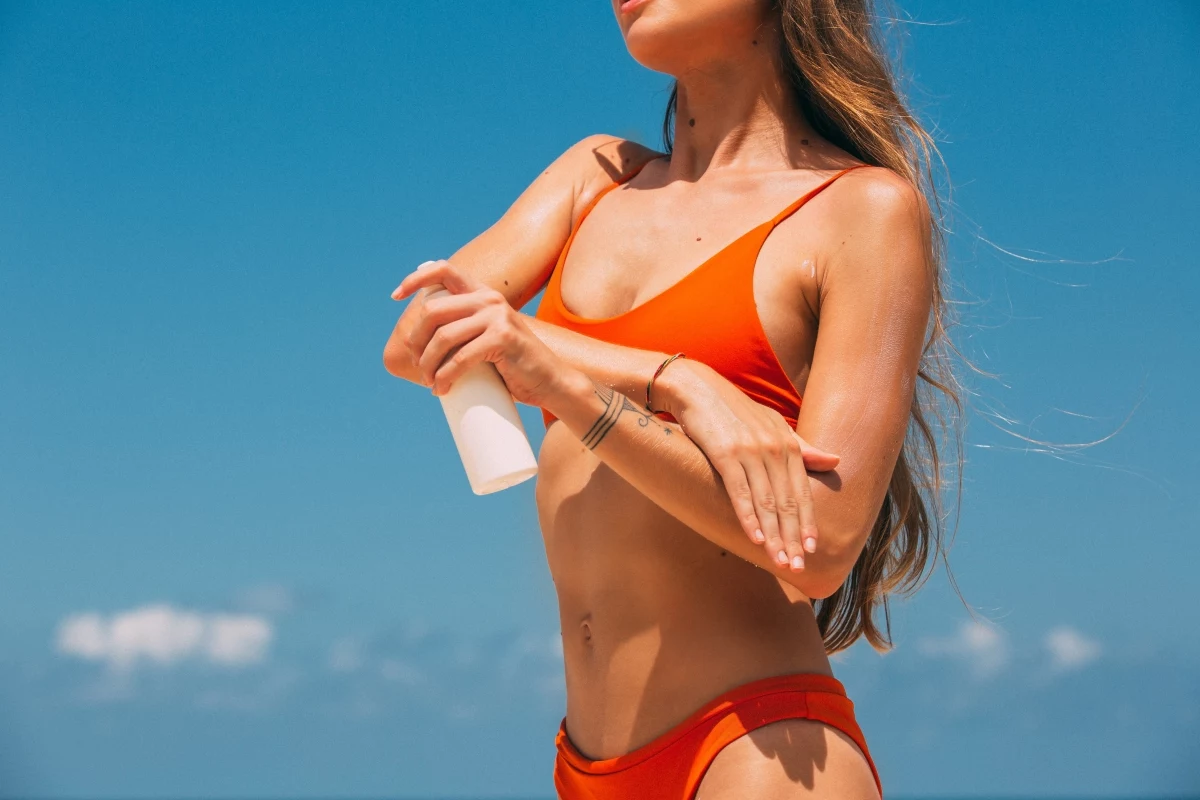
First, Know What You’re Fighting
To pick the right shield, you need to know what you’re shielding yourself from. The sun sends out invisible ultraviolet (UV) radiation, and two main types make it to us here on Earth. Understanding them is key.
UVA: The ‘Aging’ Rays
Think of the ‘A’ in UVA as standing for ‘Aging.’ These rays are sneaky. They have a longer wavelength that penetrates deep into your skin’s support layer, where all your precious collagen and elastin live. Over time, UVA exposure chews up that support structure, leading to wrinkles and sagging skin. And guess what? UVA rays go right through glass, so you’re getting hit with them while driving or sitting by a window at work. They’re out in full force from sunrise to sunset, all year long.
UVB: The ‘Burning’ Rays
Then you have UVB, and the ‘B’ is for ‘Burning.’ These rays have a shorter wavelength and are the primary culprit behind that painful, red sunburn on your skin’s surface. UVB intensity changes, peaking in the summer and between 10 a.m. and 4 p.m. While UVB doesn’t really get through glass, both ray types contribute to skin cancer, which is why protecting against both is absolutely non-negotiable.
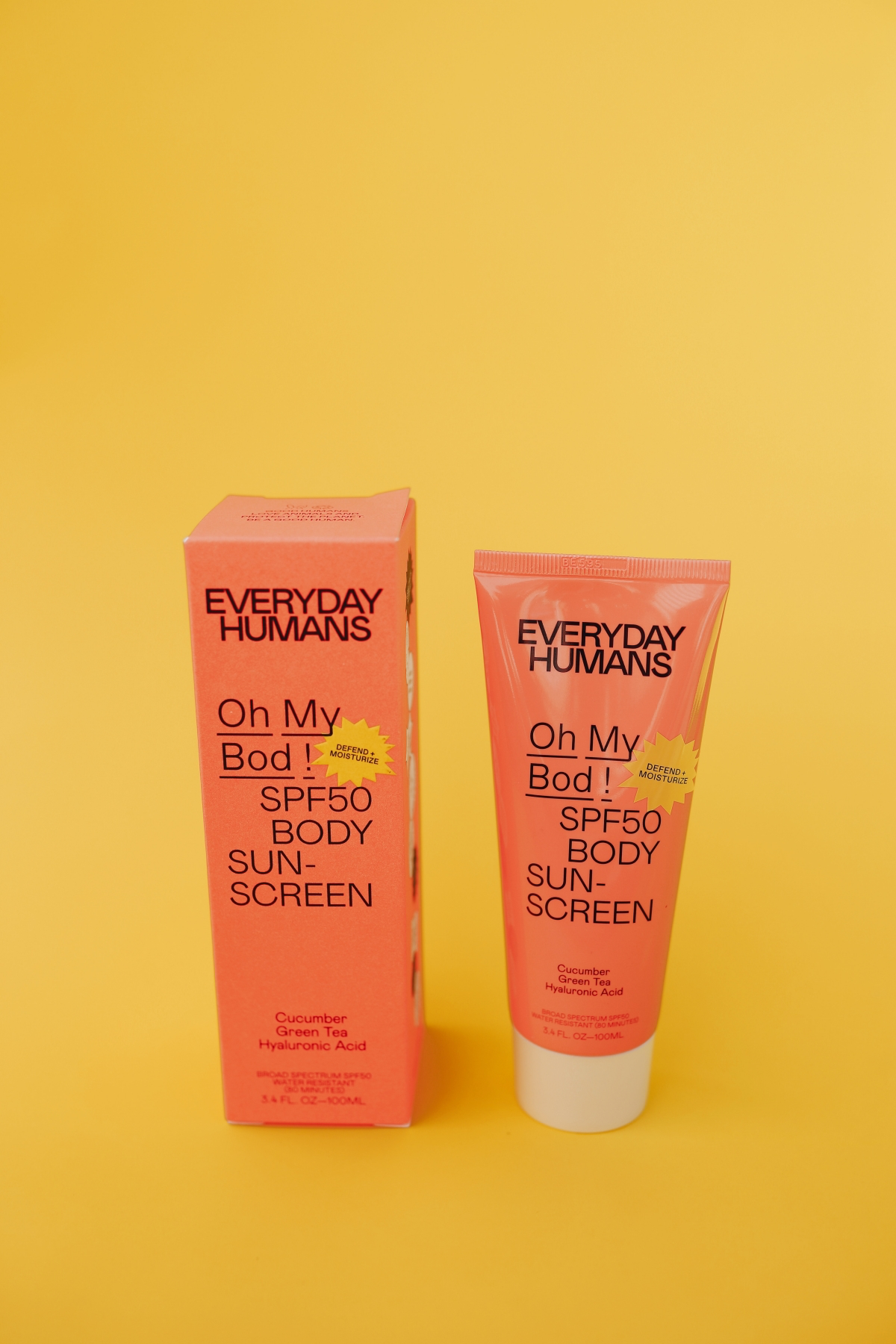
Decoding the Numbers and Labels
What SPF Really Means
Okay, let’s talk about SPF (Sun Protection Factor). It’s probably the most misunderstood number in all of beauty. SPF measures how well a sunscreen protects you from UVB—the burning rays. In a lab, if your skin burns in 10 minutes, an SPF 30 should give you 300 minutes of protection. But in real life? Sweat, water, and not applying enough product can cut that time down dramatically. It’s a guideline, not a guarantee.
Here’s the thing, a lot of people think SPF 50 is way better than SPF 30, but the difference is pretty small. An SPF 30 blocks about 97% of UVB rays, while an SPF 50 blocks about 98%. That tiny 1% jump often comes with a heavier, greasier feel and a higher price. Honestly, for most people, a good SPF 30 or 50 is the perfect sweet spot for daily use. The most important thing isn’t the number, but using enough of it.
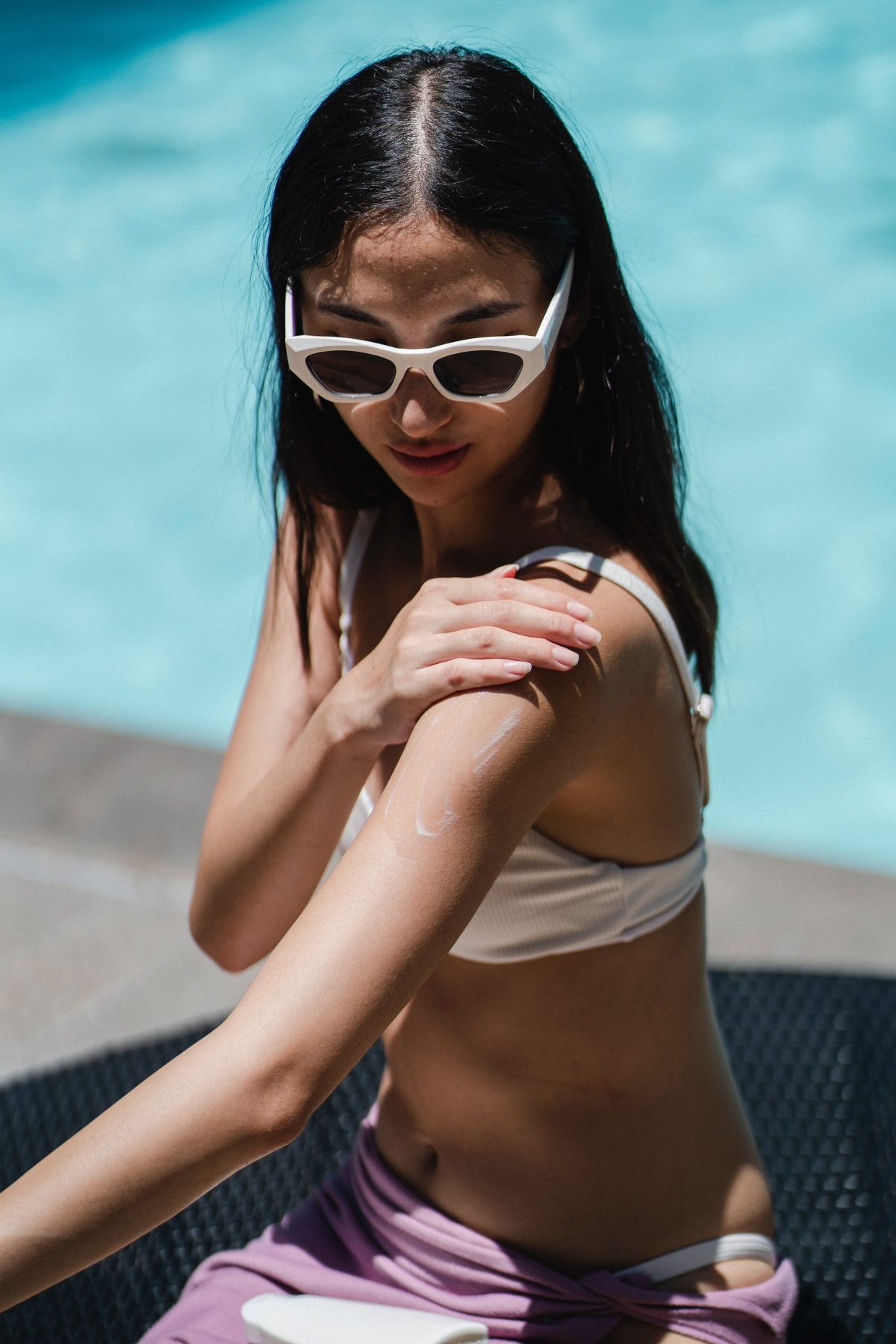
‘Broad Spectrum’ and the PA+ System
Since SPF only covers UVB, you absolutely MUST see the words ‘Broad Spectrum’ on the bottle. This is a regulated term that means the product has been tested and proven to protect against UVA rays, too. It’s your shield against those aging rays.
A little pro tip: If you see a PA rating on a sunscreen (it’s common on Asian beauty products), that’s a fantastic bonus. It specifically grades UVA protection. The more plus signs, the better:
- PA+ = Some UVA protection
- PA++ = Moderate UVA protection
- PA+++ = High UVA protection
- PA++++ = Extremely High UVA protection
If you’re serious about preventing wrinkles and dark spots, I’d look for a formula with at least a PA+++ rating.
Mineral vs. Chemical: Which Team Are You On?
Sunscreens work in two main ways: with mineral filters or chemical ones. Neither is ‘better’—they’re just different tools for different needs. Knowing the difference will help you find your holy grail.
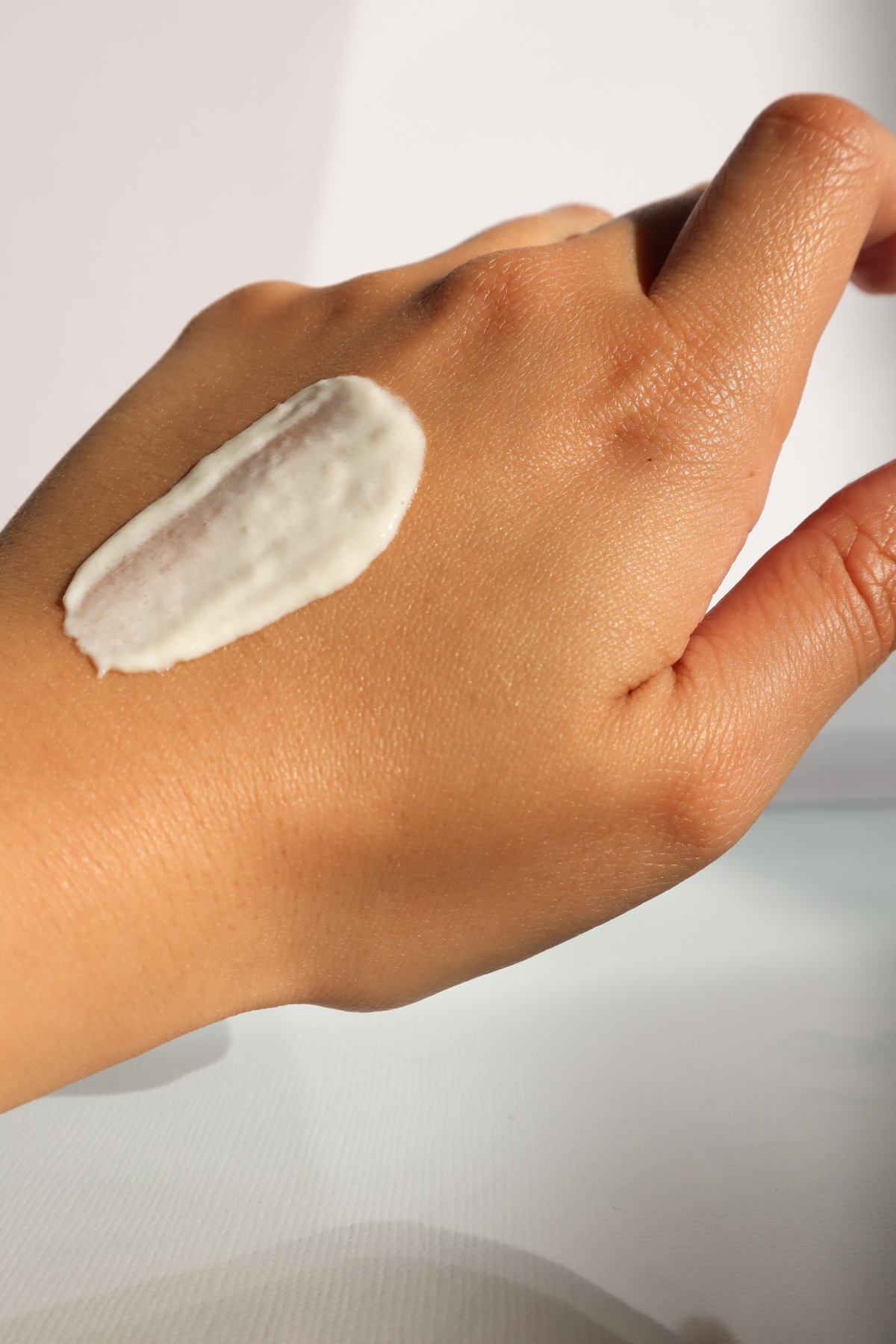
Mineral (Physical) Sunscreens
These guys use two main ingredients: Zinc Oxide and Titanium Dioxide. For ages, we thought they just sat on top of the skin and physically blocked UV rays like a mirror. We now know they mostly work by absorbing UV and converting it to a tiny bit of heat, just like chemical filters do, but they’re still incredibly gentle. Zinc Oxide is the star player here, offering amazing broad-spectrum protection all on its own.
- The Good: They’re super gentle, making them the go-to choice for sensitive, rosacea-prone, and children’s skin. Protection is also instant the second you put it on.
- The Catch: The classic knock against them is the dreaded white cast, which can look especially ashy on medium to dark skin tones. But, heads up! Technology has come a long way. Modern formulas use ‘micronized’ particles that are much sheerer. Tinted mineral sunscreens are also a fantastic fix.
Chemical (Organic) Sunscreens
These use carbon-based compounds (like Avobenzone and Octocrylene) that absorb into the skin. They act like tiny sponges, soaking up UV radiation, turning it into heat, and releasing it from your skin. They almost always use a cocktail of different filters to get that broad-spectrum coverage.
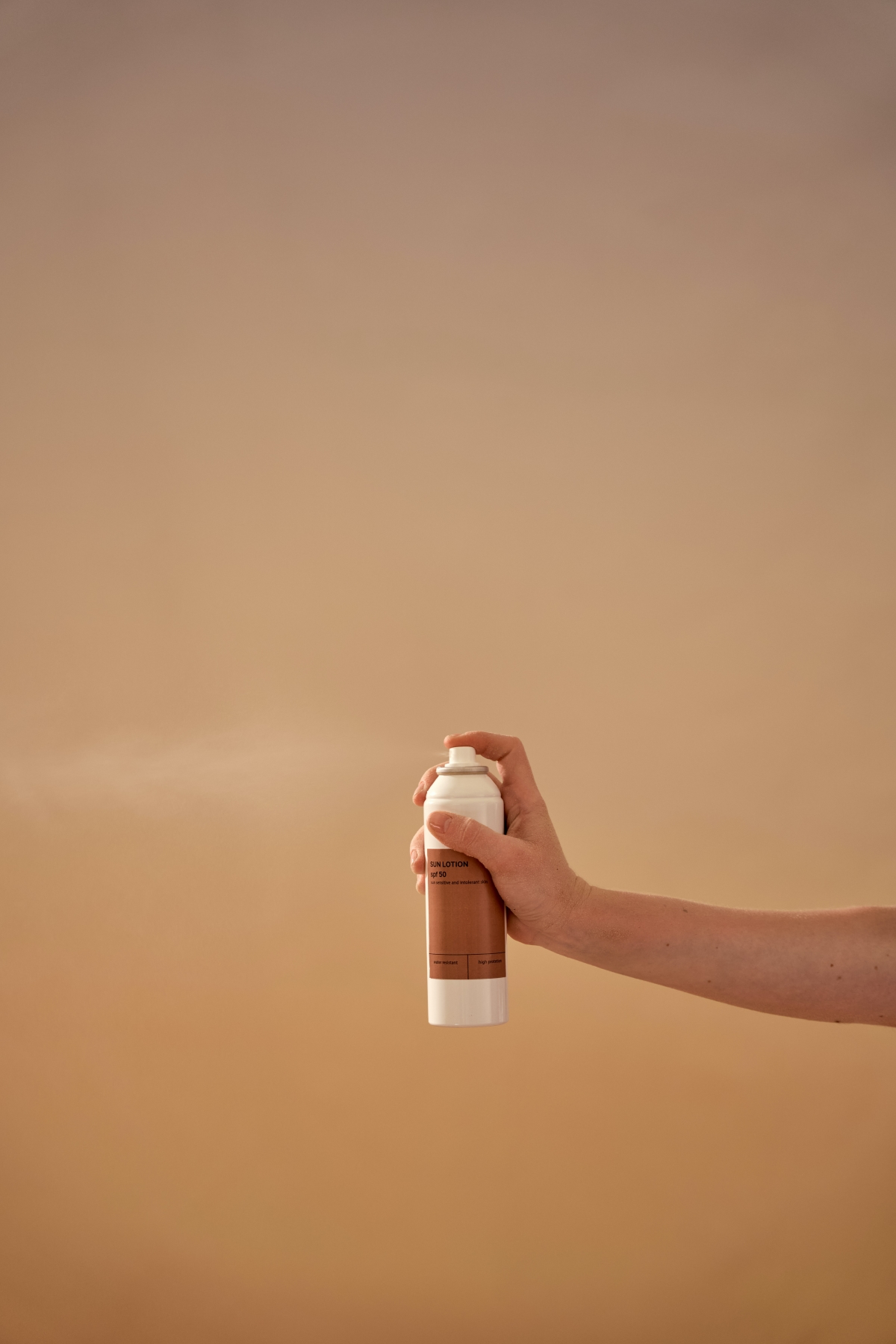
- The Good: They tend to be lightweight, feel more like a regular lotion, and rub in totally clear. This makes them a dream for daily use, especially under makeup.
- The Catch: You have to wait about 20 minutes after applying for them to become fully effective. Some people also find they can sting the eyes or cause irritation. There are also ongoing environmental concerns about some ingredients and their effect on coral reefs, so if you’re concerned, sticking with a mineral option is a safe bet.
Finding Your Perfect Match
Okay, now for the fun part. Let’s find a formula that you’ll actually love wearing. Don’t feel like you need to spend a fortune, either. You can find excellent sunscreens at the drugstore for between $15 and $25, while some of the more elegant, specialized formulas might be in the $35-$50 range.
For Oily & Acne-Prone Skin: Look for labels like ‘oil-free’ and ‘non-comedogenic.’ You want something that won’t feel like a grease slick. Lightweight fluids and gels are your best friends. Some formulas, like the cult-favorite EltaMD UV Clear (~$40), even contain ingredients like niacinamide to help keep oil in check.
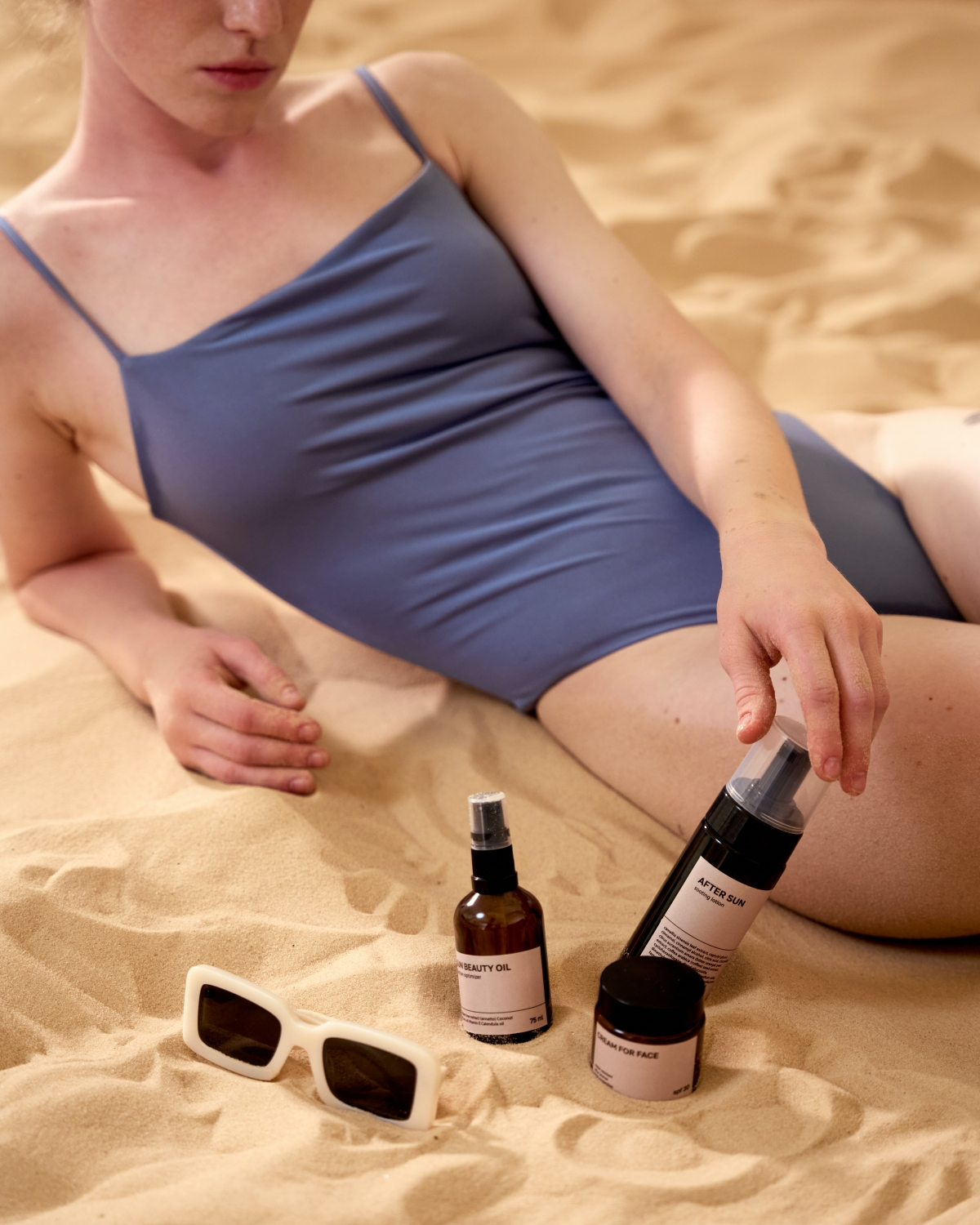
For Dry & Mature Skin: Your skin is thirsty! Look for sunscreens in cream or lotion form that are packed with hydrating goodies like hyaluronic acid or ceramides. A quick tip: apply it as the very last step of your skincare routine (before makeup) to lock in all the moisture from your other products.
For Sensitive & Rosacea-Prone Skin: This is where mineral sunscreens are the undisputed champion. Zinc oxide is not only protective but also has soothing, anti-inflammatory properties. For a fantastic and affordable option, check out the Cetaphil Sheer Mineral line (usually under $20). Always look for fragrance-free formulas and do a patch test first!
For All Skin Tones: Let’s be crystal clear: everyone needs sunscreen. While darker skin has more natural protection against burning, it’s still very vulnerable to UVA damage, which often shows up as hyperpigmentation (dark spots). The biggest hurdle is finding something that doesn’t leave an ashy, purple, or grayish cast. For years, this was a huge problem, but thankfully, brands have stepped up. Sheer chemical sunscreens are a good option, but for mineral protection without the cast, brands like Black Girl Sunscreen (~$19) and Live Tinted’s Hueguard (~$34) are absolute game-changers.
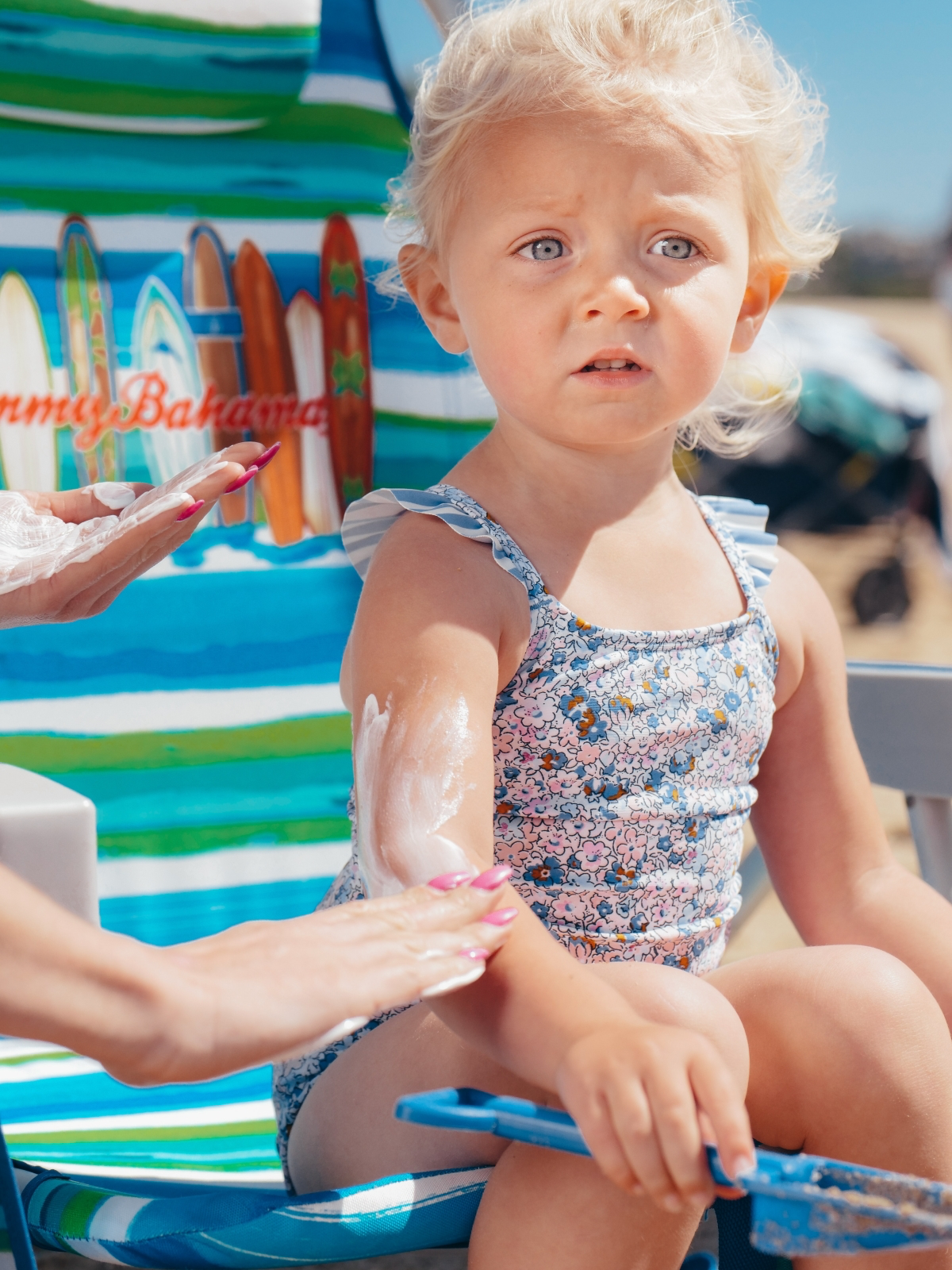
How to Apply It Like a Pro (So It Actually Works)
The number one mistake I see people make is not using enough sunscreen. You can buy the best formula in the world, but if you don’t apply it right, you’re not getting the protection on the label.
The Two-Finger Rule: For your face and neck, this is the easiest guide. Squeeze two full lines of sunscreen onto your index and middle fingers. Yes, from base to tip. It will feel like a lot at first, but this is the amount needed to get the job done right. Don’t forget your ears and the back of your neck!
Reapplication is a MUST: Reapply at least every two hours of sun exposure. More importantly, you have to reapply immediately after swimming, toweling off, or sweating a lot. A ‘water-resistant’ label means the SPF holds up for 40 or 80 minutes in the water. It does NOT mean it’s waterproof. You still have to reapply.
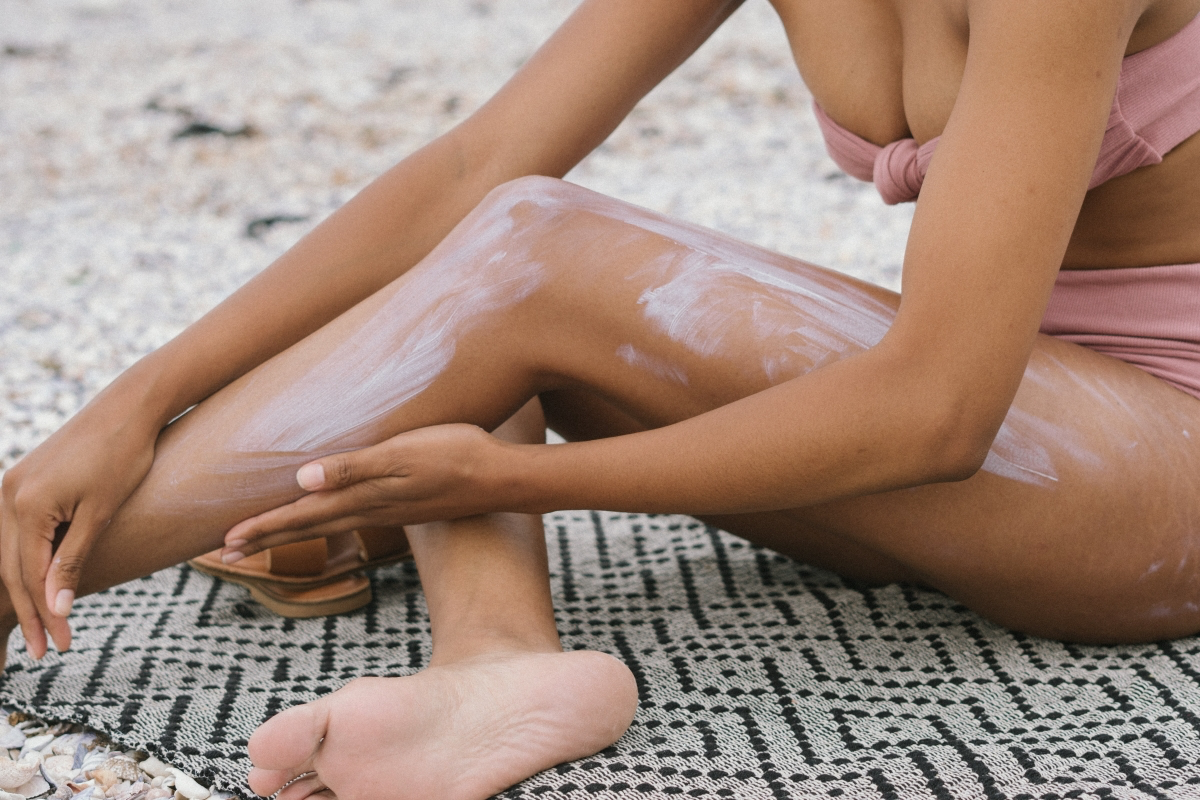
Common Problems & Quick Fixes:
- Pilling (those annoying little balls): This usually happens from rubbing too much or applying on top of another product that hasn’t fully dried. The fix? Give your moisturizer a few minutes to sink in first, and then gently pat your sunscreen on instead of rubbing vigorously.
- Stinging Eyes: A common complaint with chemical sunscreens. A super easy solution is to use a mineral sunscreen stick right around your eye area. It’s less likely to migrate and cause irritation.
The Most Overlooked Step: Getting It All Off
Okay, you were good all day, but now it’s time for bed. You can’t just splash your face with water and call it a night. Water-resistant sunscreens are designed to stick to your skin, and if you don’t remove them properly, they can lead to clogged pores and breakouts. The answer is double cleansing.
- Step 1: Oil Cleanser. Start with an oil-based cleanser or a cleansing balm. Massage it onto your dry skin. Oil dissolves oil, so it will break down the sunscreen, makeup, and sebum on your face effortlessly.
- Step 2: Water-Based Cleanser. After rinsing off the oil, go in with your regular gentle face wash. This will wash away any remaining residue and actually clean your skin. It sounds like a lot, but trust me, it’s a total game-changer for skin clarity.
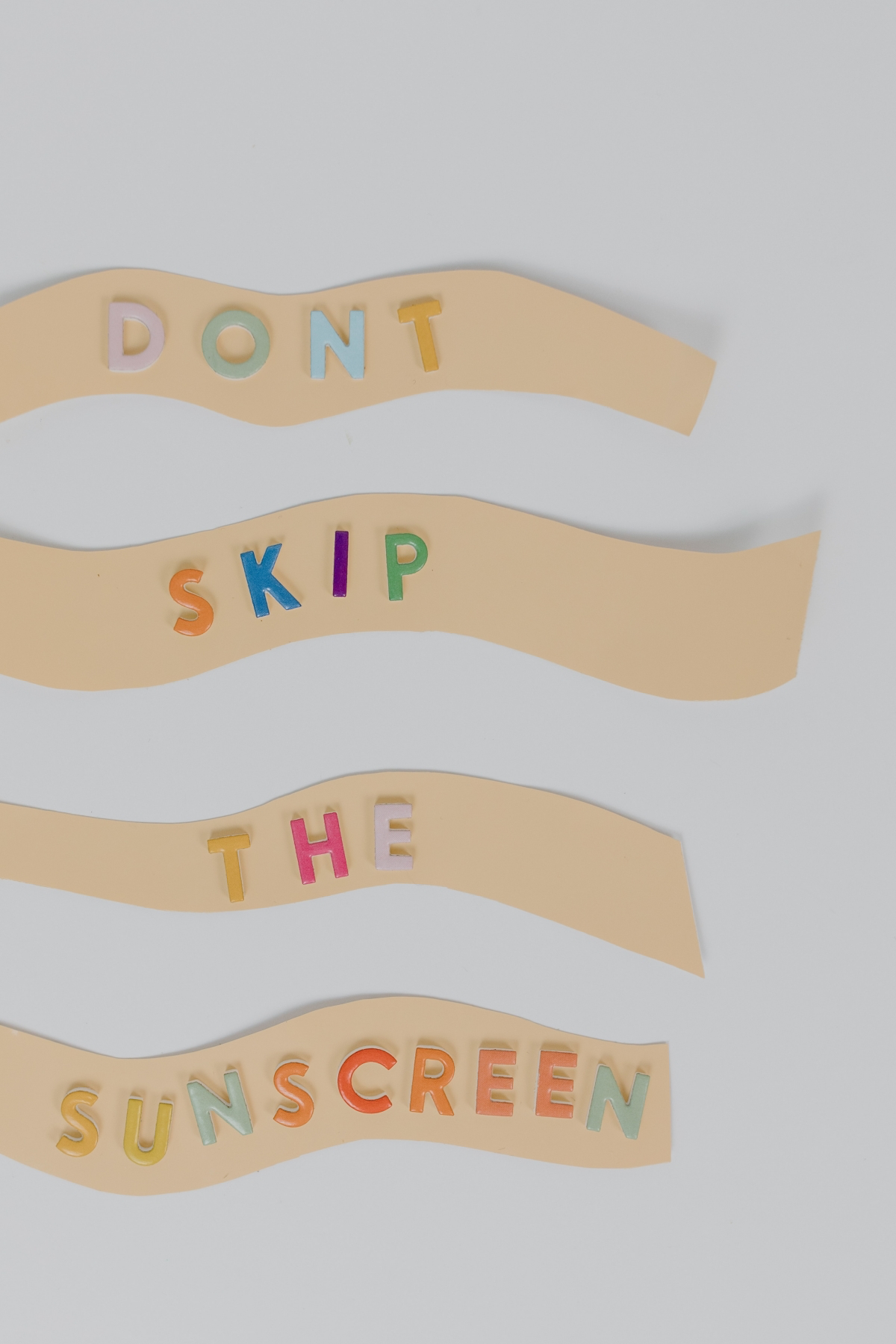
A Few Final Words of Advice
Always check the expiration date! Sunscreen is a drug, and its active ingredients degrade over time. If there’s no date, toss it after three years. Pro tip: When you open a new bottle, take a marker and write the date on it. And please, don’t store it in your hot car.
Most importantly, while sunscreen is your best daily defense, it’s part of a bigger strategy. Seek shade, wear a hat, and see a board-certified dermatologist for an annual skin check. They’re the true experts who can spot things you might miss. Your skin will thank you for it for years to come.
Inspirational Gallery
The Skin Cancer Foundation reports that up to 80% of the sun’s UV rays can pass through clouds.
This is why dermatologists are adamant about wearing sunscreen even on overcast, gray days. UVA rays, the primary driver of skin aging, are present with relatively equal intensity during all daylight hours throughout the year, meaning your skin is exposed whether it’s a beach day in July or a cloudy afternoon in November.
Finding a sunscreen you love often comes down to its core ingredients. It’s a choice between two main types:
Mineral Sunscreens: These use active mineral ingredients, like zinc oxide and titanium dioxide, to create a physical barrier on the skin that blocks UV rays. Think of La Roche-Posay’s Anthelios Mineral line—often preferred for sensitive or acne-prone skin.
Chemical Sunscreens: These contain organic compounds like avobenzone and octocrylene that absorb UV radiation and convert it into heat, which is then released from the skin. They are often lighter and more transparent, like the popular Supergoop! Unseen Sunscreen.
Are you applying enough? Most people aren’t. For proper protection, you need to apply more than you think.
- For your face: Aim for the ‘two-finger’ rule. Squeeze a line of sunscreen onto your index and middle fingers from base to tip. This is the approximate amount needed for your face and neck.
- For your body: You need about a full shot glass (one ounce) to cover all exposed areas in a swimsuit.
Skimping on application can drastically reduce the SPF level you’re actually getting.
Crucial Reminder: Your sunscreen’s effectiveness plummets after a couple of hours. Reapplication every two hours is the gold standard for continuous protection. This is even more critical if you’ve been swimming, sweating, or towel drying. Keep a stick sunscreen, like one from Cetaphil or Shiseido, in your bag for easy, mess-free touch-ups on the go.
In the world of skincare, sunscreen is the ultimate anti-aging product. Period.
Can my makeup with SPF replace my daily sunscreen?
While a foundation or tinted moisturizer with SPF is better than nothing, it’s rarely enough on its own. To get the stated SPF on the bottle, you’d have to apply a very thick, cakey layer of makeup—far more than anyone typically would. Think of makeup with SPF as a great bonus layer of protection on top of your dedicated sunscreen, not a replacement for it.
- It dramatically slows down the development of wrinkles and fine lines.
- It helps prevent sun spots and hyperpigmentation for a more even skin tone.
- It protects the skin’s vital collagen, keeping it firm and bouncy for longer.
The secret to unlocking all these benefits isn’t a fancy formula or an expensive brand. It’s simply the unwavering consistency of applying a broad-spectrum sunscreen every single morning, rain or shine.
Take inspiration from Asian skincare, which is often years ahead in sun protection technology. While the SPF number measures UVB protection, the ‘PA’ rating (followed by plus signs, like PA++++) measures UVA protection. This system, prominent on Japanese and Korean sunscreens from brands like Biore or Anessa, gives you a much clearer idea of how well you’re being shielded from those deep-penetrating ‘aging’ rays.
Don’t let a tight budget be the reason you skip protection. Many drugstore brands offer fantastic, highly-rated formulas that dermatologists love. CeraVe’s AM Facial Moisturizing Lotion with SPF 30 is a cult classic for a reason, combining hydration and protection in one step. Similarly, Neutrogena’s Ultra Sheer Dry-Touch line provides effective, lightweight protection without the high price tag.










